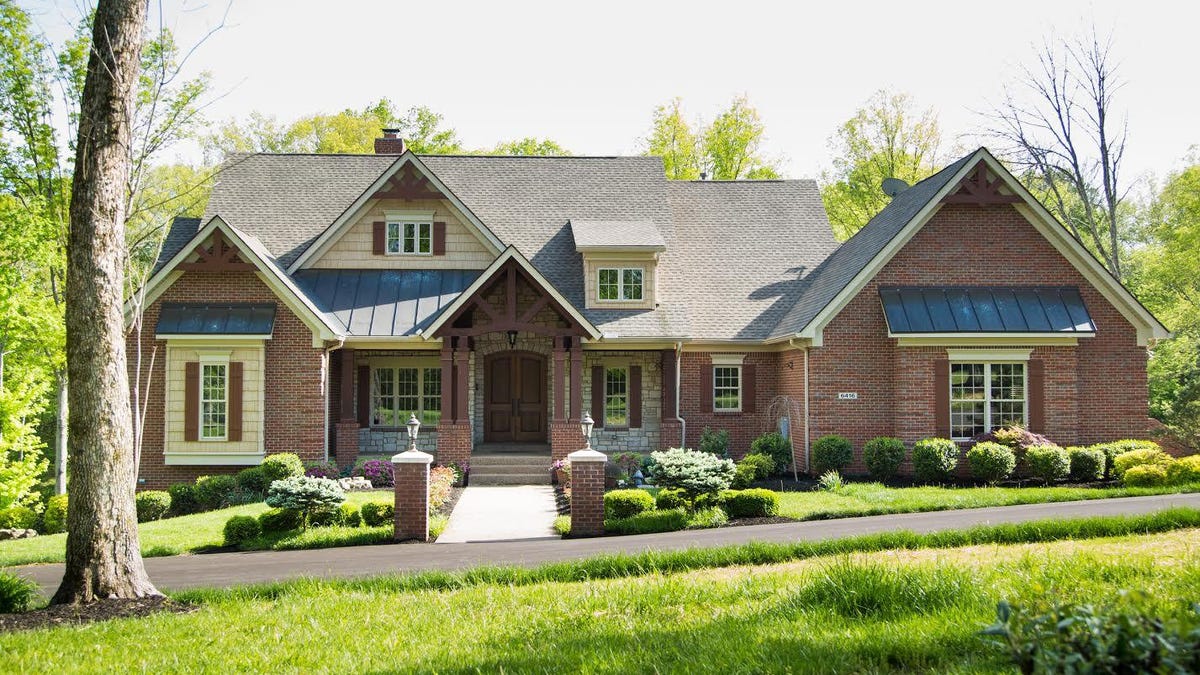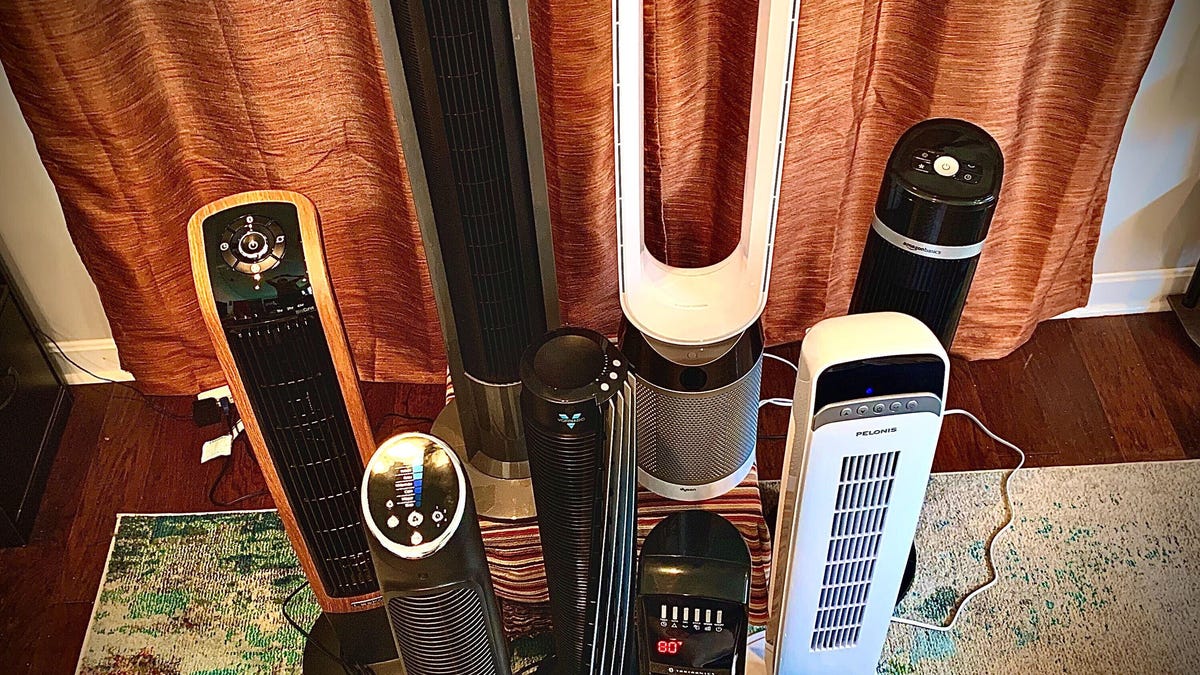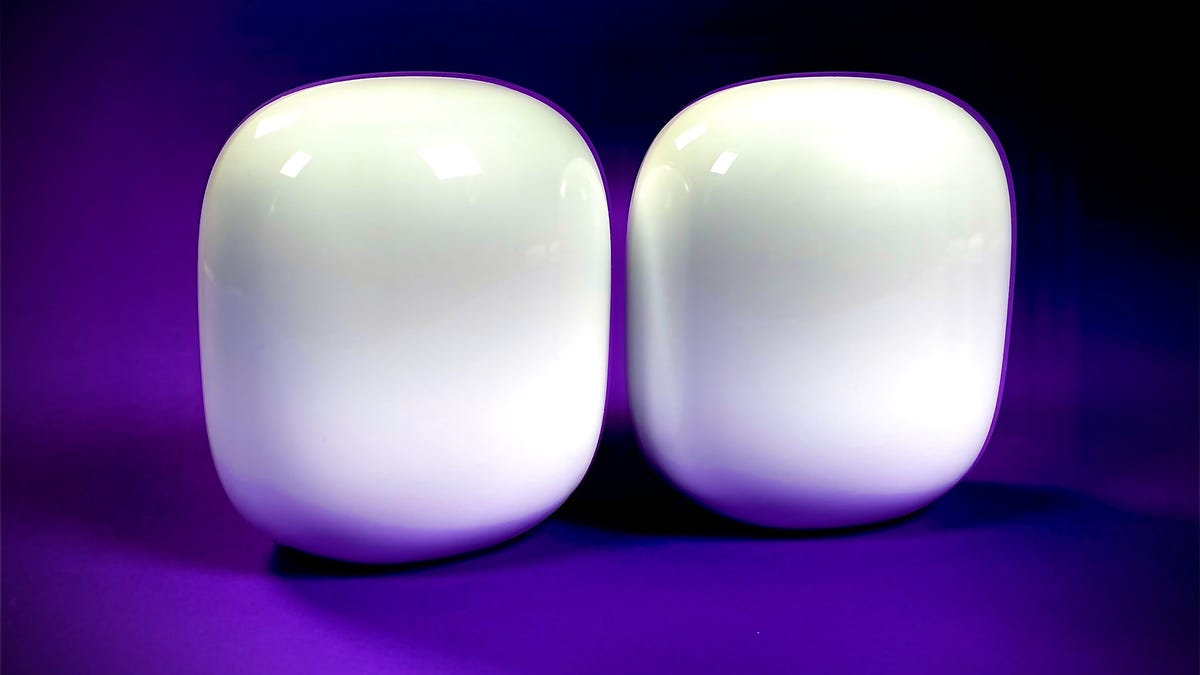Heading out of town for an extended holiday? Your smart home devices make management and monitoring easier than ever, so with the right settings your home can practically run itself, even for days or weeks away. And once you’ve created those modes, you can switch them back on whenever the road beckons again.
Let’s look at speedy steps and setups for common smart devices before you leave on a holiday getaway. Take about an hour to prep these steps before you leave, and you won’t have to worry about it again!
Read more: The best travel gifts | Best DIY home security systems to buy
Thermostats
A Nest thermostat is an easy way to manage home temperature from near or far.
If you have a smart thermostat, most types will detect that you’re away and offer a way to change the thermostat remotely. After all, that’s probably why you bought the thing in the first place. It’s a nice perk when you’re out for a few hours or a workday.
For longer periods of time or for thermostats that include a vacation mode, it’s a good idea to check the threshold settings before an extended absence. These temperatures are the minimum and maximum your system will allow before it kicks in. To save energy, set them to a bit colder and warmer than you would if you were home.
Sure, you can adjust the temperature remotely, but the whole idea here is to set it and go. So before you leave, set the temperature ranges on your thermostat so you can save money while keeping your home safe.
Read more: Make the Most of Your Smart Thermostat to Save Money and Energy This Summer
High- and low-temperature thresholds save the most energy when they are set closer to the outside temperature than you would probably prefer when at home. However, they should still be safe enough for your home.
If you have shades or window coverings, it’s best to lower them in your absence.
Lights and shades
My parents always left the TV on when we were away so people would think we were home. I thought it was a weird game of pretend as a kid, but now as a homeowner it makes sense. Lighting isn’t a fail-safe protection against intruders, but having your lights or TV set to mimic human activity is a good start. Smart switches and schedules can do just that.
Read more: Ikea Brings Voice-Activated Smart Shades to the Rest of Us
A good rule of thumb is that outdoor lights should be on at night and off during the day, while indoor lights should go on and off in different rooms. If you have smart switches, consider creating a schedule based on time of day that replicates what you’d typically do while home. You can also set smart light bulbs to power on and off intermittently.
If you have automated window shades, consider setting them to stay down while you’re away. Keeping lights on might deter crime, but leaving your shades open could turn your living room into a window display for a burglar.
The Ring Alarm Pro is our top pick for DIY smart home security.
Cameras, doorbells and security systems
You have plenty of choices when it comes to both DIY smart home security systems and professionally monitored ones. While they do most of the work for you once they’re out of the box, it’s important to give them a quick status check before you leave. Security settings will differ depending on what products you have.
Regardless of brand, it’s a good idea to make sure all the integrated motion sensors, cameras, locks and doorbells have fresh or fully charged batteries and notifications correctly enabled to reach the right emergency contacts.
Read more: Our review of the Ring Video Doorbell 4
When it comes to cameras and smart doorbells, be sure the lens is free of dirt, cobwebs or decor that might obstruct the view. If you’ve turned down motion sensitivity or set your camera to ignore motion in some areas around your home, now is a good time to put those features back to maximum vigilance. Finally, ensure all notification settings are set to notify the appropriate people at the appropriate times.
Be sure detectors and sensors are powered up and ready to notify you in case of an incident.
Environment detectors
Leak, smoke and carbon monoxide detectors offer peace of mind every day, and even more so when you’re out of town. Making sure all of these have fresh batteries, a solid Wi-Fi connection, updated apps or firmware and correct notification settings is worth a few minutes of your time before you hit the road.
Read more: Smoke detector placement guide
If your detectors aren’t connected to a live monitoring service, it’s even more important to get a notification sent to the right mobile device. That way, you can ask a friend or neighbor to check out any suspicious alerts. If you don’t have these environmental detectors right now, consider purchasing them in the future: They work with many security systems and have standalone options.
The iRobot Roomba S9 is our favorite robot helper.
Robot vacuums and other small appliances
There are several robot vacuum cleaners out there with some version of a scheduling option. If that’s a feature you use often, turn it off while you’re away. If no one’s home to make messes, the vacuum doesn’t need to run. Plus, if you’ve enhanced the sensitivity of the motion detector portion of your security system, a robot vacuum could trigger false alarms.
Read more: Our review of the iRobot Roomba S9 Plus vs. Neato Botvac D7 Connected
You’ll save battery life and wear and tear on your vacuum by making sure it isn’t running when it doesn’t need to. The same goes for other small appliances that might run on a smart schedule or with smart switches. Run through your list of managed devices to be sure everything is on or off accordingly.
The human element
Yes, smart homes are cool. They can do a lot for you on a daily basis, and they keep you connected to home when you’re hundreds of miles away. Still, smart homes aren’t perfect, and it’s a good idea to have one or two trusted (and tech-savvy) humans keeping an eye on things. Consider hiring a well-rated petsitter in addition to pet tech or finding a reliable plant sitter who can also make sure everything is working properly when they stop by to water your greens.
And for a complete look at how you can improve your home security with a single purchase, take a look at our best indoor security cameras, the top wireless cam for easy placement and the best cameras with lights to help deter trespassers.





